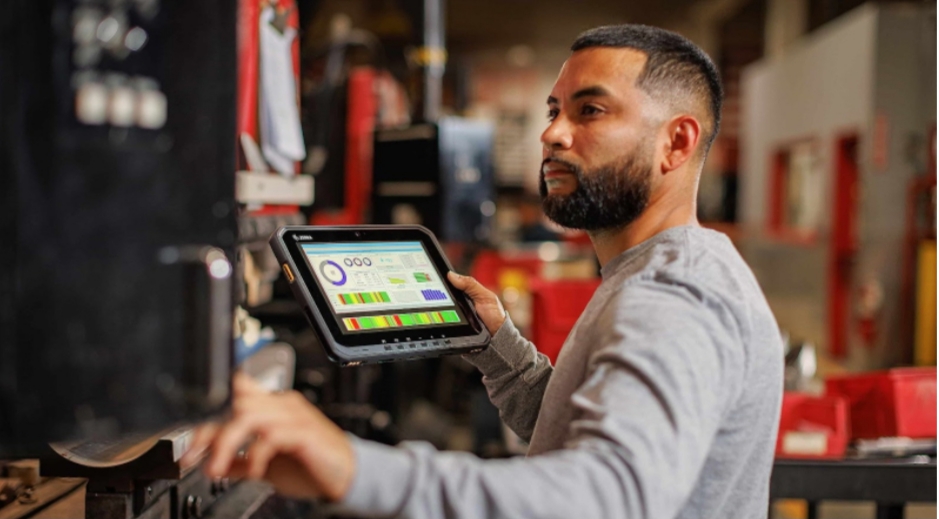The Professional Employer Organization (PEO) model has evolved since its start. The PEO model shapes workplaces and occupational science in myriad ways. This model is aimed at aiding businesses in managing their human resources, payroll, benefits, and compliance with robust PEO services.
But what triggered this evolution? How has the PEO model influenced occupational science, and what does the future hold for it?
This document explores the historical evolution of the PEO model, its influence on occupational science, and the insights it provides. Keep reading.
Development History of the PEO Model
The concept of employee leasing laid the foundation for the PEO model. It emerged in the 1960s when small businesses began to outsource their HR functions. It led to the formation of PEOs in the early 1980s.
The original business model involved employers outsourcing their staff to a PEO. It would then hire and manage the employees on behalf of the employer. It allowed small businesses to focus on their core competencies while leaving HR tasks to the experts at the PEO.
Over time, the PEO model evolved as more companies began offering more services. It includes payroll processing, benefits administration, and risk management.
In 1997, the NAPEO was formed to represent the interests of PEOs and promote industry standards. It provided a platform for PEOs to collaborate, share best practices, and advocate for legislation. It would benefit both employers and employees.
Impact on Occupational Science
The PEO model has had a profound impact on occupational science by changing the way businesses manage their workforce. By outsourcing HR functions to PEOs, employers have been able to focus on their core business activities. It can lead to increased productivity and efficiency.
Moreover, the PEO model has also improved working conditions for employees. It provides access to better benefits packages, training programs, and compliance support. It has led to a more engaged and motivated workforce, resulting in higher job satisfaction levels.
Unlocking Insights
The PEO model evolution provides valuable insights into the changing dynamics of the modern workplace. Also, it gives insights into how businesses are adapting to meet new challenges. It highlights the importance of collaboration and specialization in driving business success.
The PEO model also underscores the need for businesses to focus on employee well-being and invest in their development. It has affected the organization’s performance.
The PEO model has also paved the way for innovative HR solutions such as co-employment. It allows for a more flexible workforce arrangement. It can help businesses adapt to changing market conditions. With the support of a reliable PEO company, businesses can streamline their HR processes and focus on their core competencies.
Learn More About PEO Model Evolution
The PEO model has evolved and continues to shape occupational science and workplace dynamics. As businesses face new challenges, the PEO model will adapt further, bringing positive changes to the world of work.
Businesses must stay updated and leverage these developments. With the PEO model, the future of work looks bright. Let’s embrace this evolving model for our businesses and employees.
The possibilities are endless! Let’s stay informed, keep evolving, and create a better future for the world of work.
Did you find this article helpful? If so, check out the rest of our site for more informative content.
